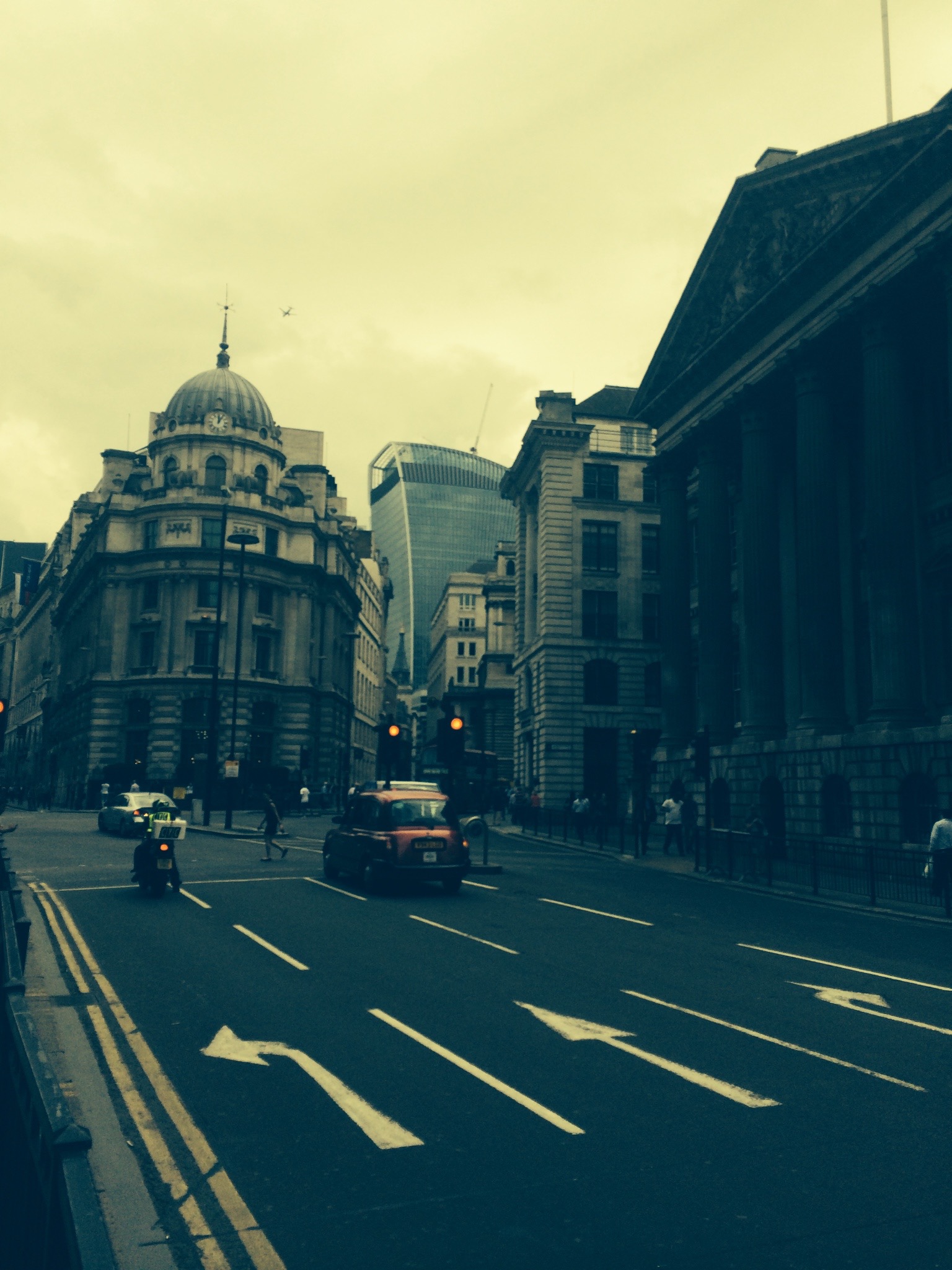Why hasn’t Parliament Square been paved or semi-paved? Each winter, the square turns into a muddy mess due to soil compaction and dying grass from the countless visitors trampling it. As a result, the council needs to cordon off the area and lay down new turf every year. This must be quite costly, and the crowding along the edges makes the space feel less safe.
Why not consider a solution like porous or semi-paved surfaces? I’ve seen examples where grass areas are reinforced with lattice blocks that support vehicles while allowing grass to grow in the gaps. This not only enables proper drainage but also maintains a green aesthetic.
Does the council have a contract with a landscaping company for this? Could I submit a Freedom of Information request to find out how much this annual turf replacement is costing taxpayers? I’d also like to know how to share my unsolicited opinion with Westminster Council.


Your concerns about the state of Parliament Square and the ongoing issues with soil compaction and grass die-off are certainly valid. It’s frustrating to see such a prominent area become muddy and less accessible, especially during peak visitor times. The idea of using porous paving or a lattice block system is interesting and could provide a more durable solution while still maintaining a green aesthetic.
As for the questions about the council’s decisions and potential costs, you can indeed submit a Freedom of Information (FOI) request to inquire about the expenditures related to turf replacement and any agreements they may have with contractors. This could provide valuable insight into whether there are more cost-effective options available.
If you’d like to express your views more directly, consider drafting a formal letter or email to Westminster Council outlining your suggestions and concerns. Engaging with local community forums or attending council meetings can also amplify your voice on this issue. It’s important that local residents and visitors share their opinions, as it can lead to positive changes in how public spaces are managed.
This is a compelling point! The issue of wear and tear in high-traffic areas like Parliament Square is indeed significant, and exploring alternatives like porous or semi-paved surfaces could provide a sustainable solution. It’s interesting to consider not just the financial implications, but also the ecological benefits of such materials. By incorporating permeable surfaces, we could reduce runoff, improve water management, and promote biodiversity within the urban environment.
Furthermore, involving community input in discussions about public spaces can enhance civic engagement and ensure that the interests of residents and visitors alike are represented. Have there been any community forums or consultations regarding the square’s upkeep and future plans? Engaging with local environmental groups or landscape architects might also yield innovative solutions and foster a broader dialogue on maintaining green spaces while addressing practical concerns.
As for your inquiry about a Freedom of Information request, that could be a great step toward transparency, and it might also prompt the council to consider more sustainable practices. Have you considered reaching out to local representatives or starting a petition to gather support for this cause? A collective voice can often be more powerful!
Thoughts on Paving Parliament Square
As a London resident who frequents Parliament Square, I agree that the current state of the square is indeed concerning. The muddy conditions each winter not only detract from the beauty of this iconic site but also present safety issues for both pedestrians and vehicles. Implementing a paved or semi-paved solution could significantly enhance the usability of the square year-round.
Here are a few points worth considering:
Regarding the costs associated with the annual turf replacement, I believe that a Freedom of Information request is an excellent step. Transparency about these expenditures would certainly justify or challenge the current practices of the council.
Ultimately, Parliament Square deserves to be maintained in a way that honors its significance as a central hub of democracy